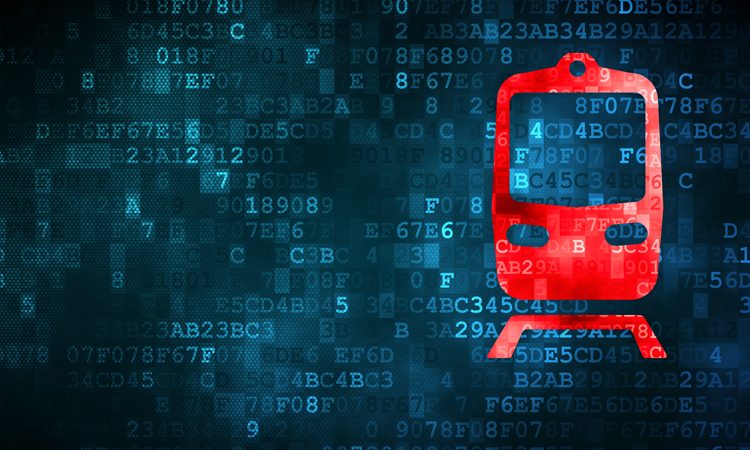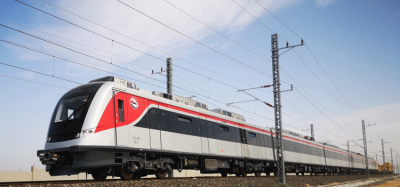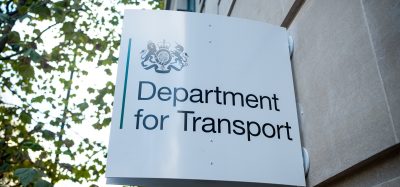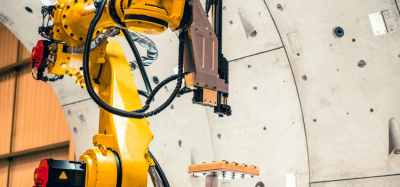Integrating the railway sector into the ‘digital economy’
Posted: 9 August 2018 | Sharvind Appiah (Shawne Applebee) | No comments yet
As part of Global Railway Review’s Going Digital in Rail Week, Sharvind Appiah of Shawne Applebee provides a glimpse into the opportunities of digitalisation for the railway sector.


Over the past few years, the railway sector has been talking more and more about the ‘digital economy’. The ‘digital railway’, ‘Railway 4.0’, ‘smart rail’ or ‘digitalisation’ of railways are just some of the terms that are being used rhetorically across the sector, yet this concept of integrating rail into the ‘digital economy’ means different things to different people and organisations. The H2020 programme is the clear indication that Europe has understood the importance of stepping into the digital realm. With the Shift2Rail initiative, it is the pure R&D activities which aim at taking the EU rail industry into the next decade by keeping the focus on the customers. The UIC has also started several platforms and initiatives towards the adoption of digital technologies in the railways.
‘Digitalisation’ of railways, or ‘digitisation’ of railways: Which is the right one?
In a nutshell using both these terms are correct in the context of the railway industry, however it is important to define them to avoid confusion when using these terms interchangeably.
The digitalisation of railways means the adoption and use of digital technologies across the industry with the objective of changing the business model and generating new revenue streams as well as proposing added value services to the customers.
The digitisation of railways would describe the process of changing traditional railway technologies and tools to digital technologies and solutions in specific domains of the railway ecosystem, e.g. changing from analogue communication to digital communication.
The opportunities of digitalisation
The opportunities of digitalisation of railways are already very obvious as we look across the industry. We have a lot of digital solutions that have already been adopted in the industry such as on-board Wi-Fi, e-ticketing and digital information displays (in stations and on trains) but there is a lot more available for the industry if digital penetration was faster in the rail business. Some possibilities for future development covers:
Sensor technology
A concept such as predictive maintenance (both for rolling stock and infrastructure) already makes use of sensors and is actively being investigated. The application could be extended to tear and wear, life-cycle estimation, usage time and even for monitoring external conditions such as weather and temperature.
3D printing
The manufacturing of some components and even components for specific applications can be optimised and even contribute to lower manufacturing costs.
Energy technologies
The adoption of more sustainable energy sources for running trains (fuel cells, lithium-ion technology) are some of the ways to increase energy efficiency of the rail business.
Big data and analytics
Both these concepts highly contribute to situational decision-making. Based on information collected and processed, railway companies can make an informed decision on traffic management or route-planning in the optimal way in different situations.
However, there is the other side of the coin. The adoption of digital technologies in the railways in a ‘freestyle’ way is like opening Pandora’s box. We need to go through this whole process in a responsible way and not forget the risks to which we might be exposed in highly technology-dependent environments. A quintessential component to address will be cyber-security.
This brief gives just a glimpse of the enormous and radical potential that digital solutions can harness for the railway sector. However, the first stepping stone will be for the industry ‘thinking-heads’ to change the traditional and conservative culture of the different stakeholders in the global rail sector.
Sharvind Appiah will be discussing cyber security further at the Digital Rail Revolution conference on 21 November in Paris. Click here to guarantee your place now.








